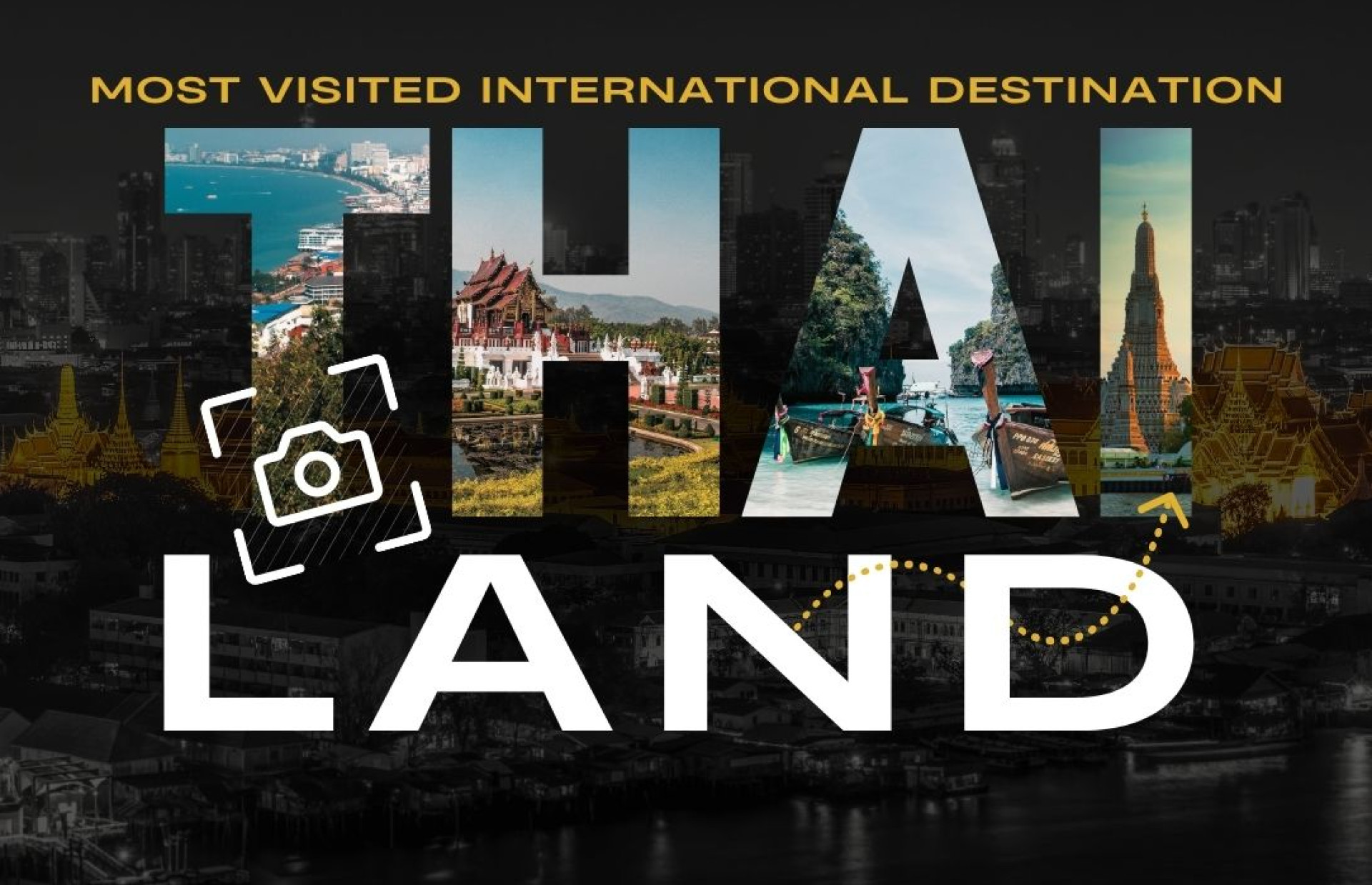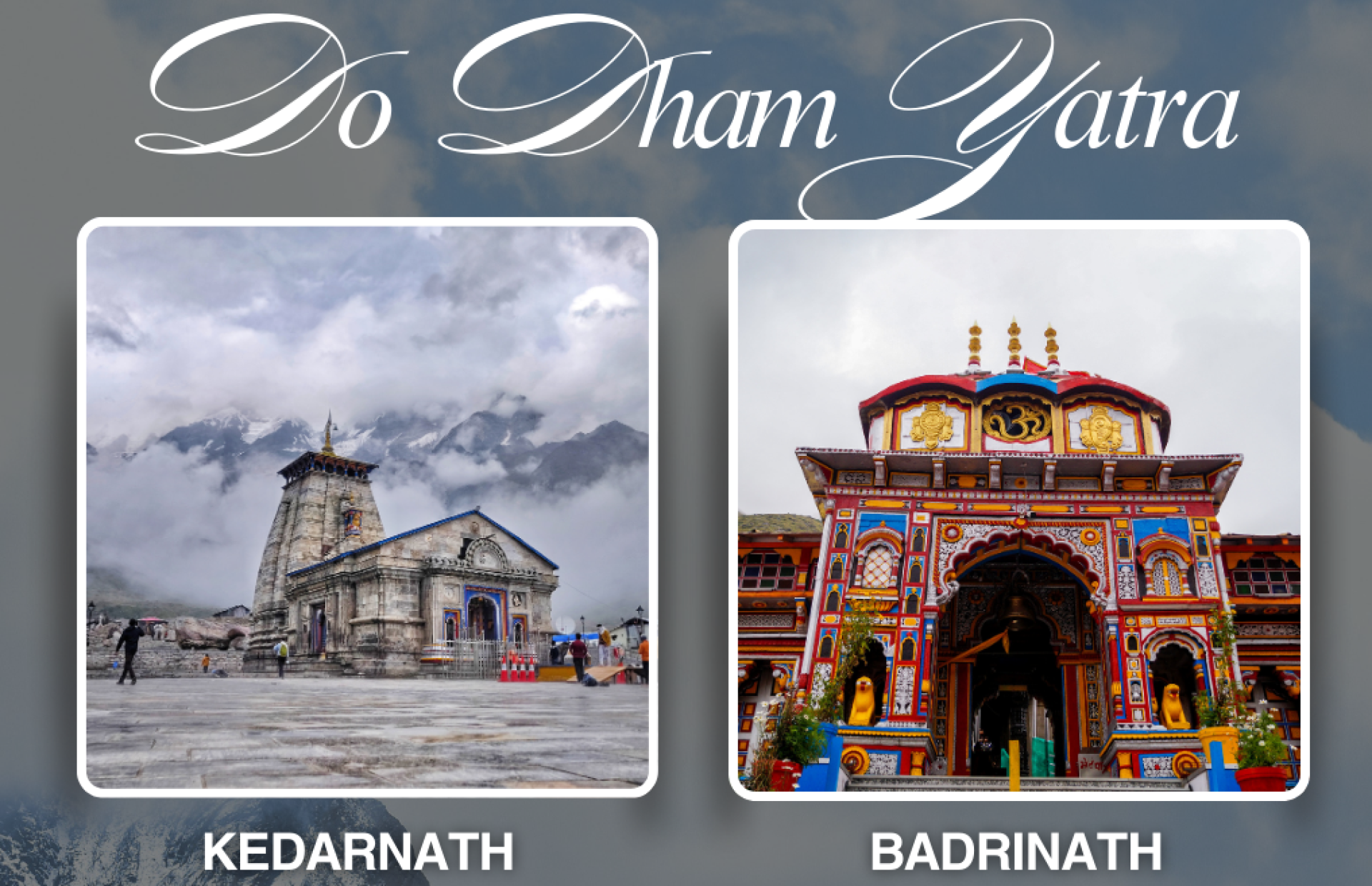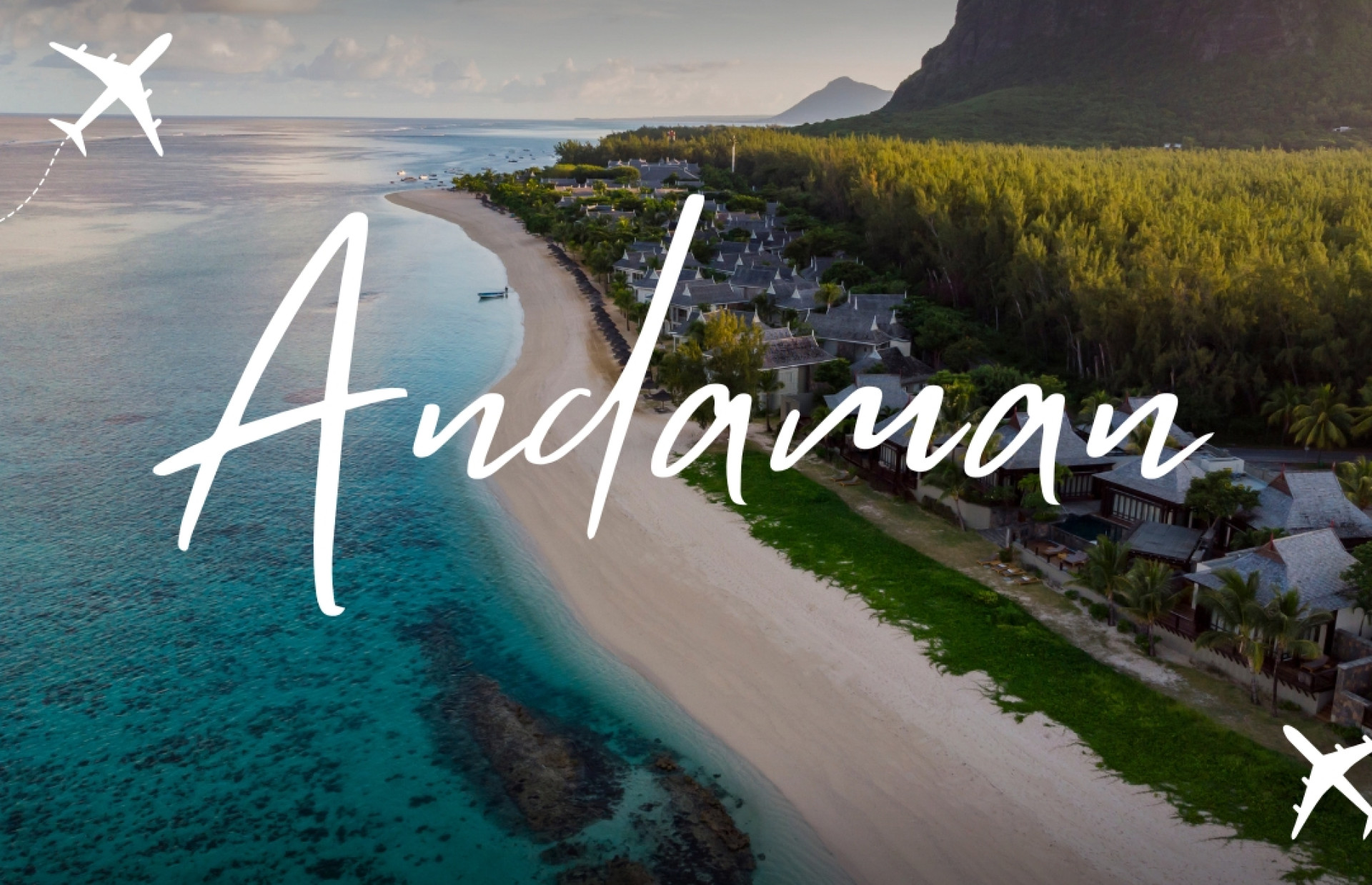Tourism Industry & New Travel Trends Post COVID-19 (INDIA)
Tourism Industry Post COVID-19 in Indian Context & New Travel Trends:
India attracted 10.5 million foreign visitors last year; 5 million NRIs travelled back home to be with family and friends; 1.8 billion Indians travelled within the country for holidays, pleasure and leisure; 26 million Indians travelled overseas for tourism. All of these statistics seem like a far cry today. On current indications, the lockdowns & curfews may drag on till the end of this year in varying intensities and impositions. No one really knows, or can accurately predict how all this is going to pan out, going forward. Even if offices and restaurants re-open soon, it will take longer for malls, gyms, theatres and other high density locations to go back on-stream. The pick-up of the travel & tourism industry is the farthest in that chain as it is inextricably linked to the return of normalcy, that too soonest.
India has an estimated 53,000 travel agents, 1,15,000 tour operators, 15,000 adventure companies, 9,11,000 tourist transporters, 53,000 hospitality companies and five lakh restaurants … the industry employs an estimated 3.8 crore people. And these statistics do not include numbers for aviation and starred hotels which are not in the medium & small enterprises count.
Actually, fear is the key. Fear of the unknown. Fear of the infection. Fear of touching someone. Fear of being touched. Fear of being infected, and infecting family and friends. Fear of being infected, and being far away from good healthcare. Fear of bringing back the virus from travels overseas. Fear. More fear. And yet more fear. Actually, suspicion and fear. And that suspicion, and that fear will take dollops of good news, on multiple fronts, over a prolonged period of time to abate, and be totally dispelled. Till then travel & tourism are literally in the doghouse.
Let us look at 25 possible trends in the near future, each important in its own way:
- Country borders may not be open to all for some time. The movement of people across borders has come to a standstill in much of the world as countries have closed their borders to visitors – and sometimes their own citizens – in response to the coronavirus outbreak. At least nine-tenths (91%) of the world’s population, or 7.1 billion people, lives in countries with restrictions on people arriving from other countries who are neither citizens nor residents, such as tourists, business travelers and new immigrants. Roughly 3 billion people, or 39%, live in countries with borders completely closed to noncitizens and nonresidents. The situation may take many months to ease. EU is likely to have a no-entry sign till September, 2020.
- Some geographies may become no-no for a while. Countries like Italy and Spain, even Germany and UK, and of course the US, that have recorded large number of corona deaths may not have too many takers for tourism in the near future. China too looks like negative territory for now. Indians were greatly fond of travel to Europe but some of that fascination may recede because of all the bad news that has been coming from the continent in past months. It will take a bit of time for these countries to re-gain their charm.
- Business travel will decrease significantly. Already Zoom meetings have become the norm. Corporate advisories are out in most multinationals negating travel. A significant proportion of companies are actively seeking both to reduce business travel and to cut the number of employees commuting even to the workplace, as per research by global agency Sewells. 66% of businesses worldwide have set targets to reduce their volume of internal travel. 60% of businesses have targets to cut trips to suppliers. 66% of businesses have targets to lower the number of journeys to clients. 65% of businesses consider video conferencing as a viable alternative to business travel.
- MICE market will go into coma for a while. Most big global events … conferences, launches, festivals, seminars, symposiums, conventions … started to get cancelled by end February itself as the Covid panic gathered momentum. The spectator sports were the first casualties. The Olympics got postponed by a year. IPL was cancelled. Wimbledon scrapped. And then the cascade started … Facebook F8, Google I/O, ITB Berlin, Expo 2020, NAB Show, Geneva Motorshow … well everything is cancelled or postponed. It is going to be a while before the enthusiasm for large gathering events will reignite.
- Mega events will become less attractive. The flagship events of 2020 were surely the Olympics in Tokyo and the Expo in Dubai. Both have been pushed by a year, in the hope that the world will limp back to normalcy by mid to late 2021. No one can tell. In any case, till a secure vaccine is found and Covid looks conquerable, and controllable, mega world events may lose their sheen and will be pale shadows of what they could have been.
- Group travel will shrink. India was becoming an increasingly large group travel market for first timers and middle class families. Both for reasons of affordability, and safety fears, this segment is likely to shrink significantly. This summer is almost done for. Too early for winter predictions. By the end of April, just in the US, the impact of the coronavirus on the travel industry was expected to add up to a loss of 5.9 million jobs and US $910 billion in travel-related economic output. That’s seven times the impact of 9/11. And it has only started. In India the picture could be even more dismal.
- Leisure travel too will dwindle for some time. With so much uncertainty … shut borders, grounded flights, shuttered establishments, job losses, recessionary economy, uncertain school terms … holidays seem a distant frontier for now. Global travel seems bleak. Domestic prospects may be somewhat better. But the holiday mood at this point is not buoyant enough. Leisure may find other avenues for now.
- Lesser number of students may travel overseas to study. 7,53,000 Indian students were studying in universities abroad in 2019. The number could well be closer to 800,000 this year. A large number of them rushed home from wherever they were studying, before airports were shut and flights suspended. Some are attending classes digitally today. Most are just twiddling their thumbs with no clue on continuation of terms or new admissions. Many may not go back this semester/this year. Worse, a lot of the well-heeled crowd of parents and families that invariably travels for graduations at this time of the year will not be going anywhere.
- Religious tourism will drop. With administrative directions on mass gatherings being issued across states, with the detection of a COVID-19 case in Amritsar, closure of the Tirupati, Vaishno Devi and Shirdi temples, and the calling off of Friday prayers at the Bada Imambada in Lucknow, even the Gods are out of bounds for people. Most religious destinations saw a sharp decline in numbers by mid-March itself: Puri, Ajmer, Coimbatore, Govardhan, Hospet, Kartarpur Saheb all sputtered to a close as the faithful kept away. On Akshay Tritya, there were zero crowds at Kashi Vishwanath. Globally too, pictures of Mecca circulating on the net without any Hajis, shows God too is headed for a hiatus.
- ‘Mature’ travelers, read retirees, will be most drastically impacted. Older folk were becoming serious travelers over the past few years. Many retirees, having taken care of other family responsibilities, were finally picking the many offerings of Thomas Cook, Kesari Tours and their ilk and heading out to Andamans and Coorg at one end or choosing to do Exotic Europe in 14 days. Their new found liberation may get heavily tempered by the fear that older humans are more susceptible to the virus. So, better to stay home for now.
- Tourism may look inwards, be more domestic directed. Thankfully, traditional domestic travel destinations like Himachal, Ladakh, Goa, Uttarkhand, Andamans, even Pondicherry have remained largely inert to the virus. So much of the honeymoon and holiday traffic may stay within India. Which is surely a silver lining in another wise gloomy scenario. Unfortunately, Kerala and the Golden Triangle of Delhi/Agra/Jaipur are pretty badly impacted. But in a disaster situation, as they say, whatever gets saved from the inferno is a bonus.
- Destination weddings may suffer a serious setback. The Virushka wedding took place just a little over four hours south of Milan, in a historic property called Borgo Finocchieto in Tuscany, South Italy. Deepveer were wedded at the picturesque Villa del Balbianello in Lake Como, Italy. Not just celebrities, upper middle India was increasingly getting married in Hua Hin, Koh Samui and Krabi in Thailand … 800 weddings in 2019 alone in Siam … while the rich were headed to Marrakesh, Stellenbosch, Seychelles, Cinigiano and the likes of Soufriere in St. Lucia. Well, much of this euphoria is likely to ebb. That’s good news though for Udaipur (much of Rajasthan actually), Goa, Kerala and the likes of Neemrana and Ananda-in-the-Hills.
- School trips will dry up. This was an emerging market for some years now, especially with rich kids headed to ‘study’ tours courtesy indulgent parents and status-driven hoity-toity schools. Looks like this extravagance is going to get curtailed out of fear for safety of the kids, rather than affordability.
- Nature will triumph. In all likelihood, nature and wildlife will be preferred over monuments and history in the months ahead. So, the hills, the sea resorts, wild life reserves and slightly isolated locations will win over crowded favourites of yore. This may benefit all the camping and outdoor brands of ITC Hotels, Taj and Oberoi. And AirBnB accommodations, and homestays.
- Air travel will become more expensive. With the government likely to mandate that the middle seat in economy be left empty to maintain social distancing, airline tickets are headed northwards. However, if demand falls dramatically, airlines may not be able to push up prices (some say a 50% hike is likely). In fact, travel insurance will get costlier too. But with 33% people less to carry, many airlines may allow higher baggage allowance as a sop to attract and retain customers.
- Airports will be less crowded. Which is not such good news for many brands in F&B, lifestyle, electronics and more which were getting reasonably large volumes from retailing at airports. But for flyers, lesser crowded airports may still not make flying more pleasurable as health-checks may get added to check-in routines, enhancing the wait at airports.
- Luxury hotels may come cheaper. With demand likely to remain sluggish for some time ahead, the luxury segment may have no choice but to reduce tariffs. Lower occupancies and lower room rates will be a double whammy for the starred chains. Tough!
- Cruises may be shunned for a while. This sector is heavily impacted globally. Even the Trump package in the US has not benefitted the cruise liners because most of them were entities registered in tax-havens. So, the cruise business is in really big trouble. Indians have been checking out cruises in South East Asia, the Caribbean and to Alaska in reasonably large numbers. That flow is going to move into negative territory for some time.
- Road-trips may find greater favour. Families and youngsters are likely to opt for more of drive-outs, especially on long weekends and for short vacations. So, near-city travel is likely to see an uptick. Such vacationers may not however be high-ticket customers; more likely to be budget travelers looking for clean comfort and hygiene rather than frills and luxury.
- ‘Hometown’ tripping will a big segment. It may not make much money for the travel trade, but dwindling of travel options elsewhere will push up the ‘hometown’ travel quite significantly. Hotels will have nothing to gain, and much of the travel may be by bus or train, but in terms of volume, this is going to account for a substantial chunk in the days ahead … travel to go visit old parents, and connect with family.
- Food & Beverage consumption will be impacted. It goes without saying that with low occupancies in hotels, and general dive in travel, F&B will take a significant hit. Restaurants will see diminished business due to social distancing. And banqueting will face challenging times with weddings becoming smaller and the conference business going into slow gear.
- ‘Adventure’ in food & travel may take a nosedive. In the US already ‘Asian’ food has taken a serious beating. There ‘Asian’ largely means Chinese food. And most Americans are avoiding ‘Asian’ cuisine … not really as a protest, but because perhaps President Trump keeps emphasizing the ‘Chinese Virus’ and that is starting to impact minds! Well, in India too some of the ‘adventure’ in food may diminish.
- Experiences will prevail over the physical. The lockdown, and the prolonged stay indoors has helped most people introspect. Most have decided to slow down or pursue passions long forgotten. So, cycling vacations, sailing, walking tours, hiking, fishing … lots of the simple pleasures may surface as reasons to holiday, but holiday differently. Health farms, spas, nature villages … these are all newer opportunities for those in the travel business to pivot to.
- Shopping will suffer serious setback. Indians are known to be shopaholics. The reason Bangkok, Dubai and the like are favourite destinations are not just because of the sight-seeing, but because of the shopping. Even group travelers travelling on Indian tours to Europe actually get exclusive time to shop. With travel itself getting curtailed, the shopping binges will also have to recede till better times.
- Customer will have more choices, more flexibility. While business was booming over the past few years, many service providers had started to become arrogant and inflexible. Indigo airlines, for example, had started to charge for almost everything, except the water served in a paper tumbler, and for the loo. Some of that is likely to change: airlines and hotels are likely to be more accommodating on postponements, cancellation, early check-ins, late check-outs especially for loyalty customers. So upgrades, extras and freebies would be welcome surprises at many places that had forgotten the true meaning of ‘hospitality’!
The 5 key factors, however, in the overall travel scenario that will drive all of the above trends will be:
- Safety: both perception and reality will matter
- Health: government may introduce mandatory checks
- Hygiene: There will be no compromise on this
- Brands: Those that will stand for quality will win
- Value: Good value for good money will be the new mantra
In the Covid 19 pandemic too, it is the ability to cope with change, cope with the new normal that will separate the men from the boys. The business may take anything between 9 to 24 months to start climbing back to previous peaks. Till then the headwinds will be strong and severe. Some will succeed, some will struggle, and some will perish.










